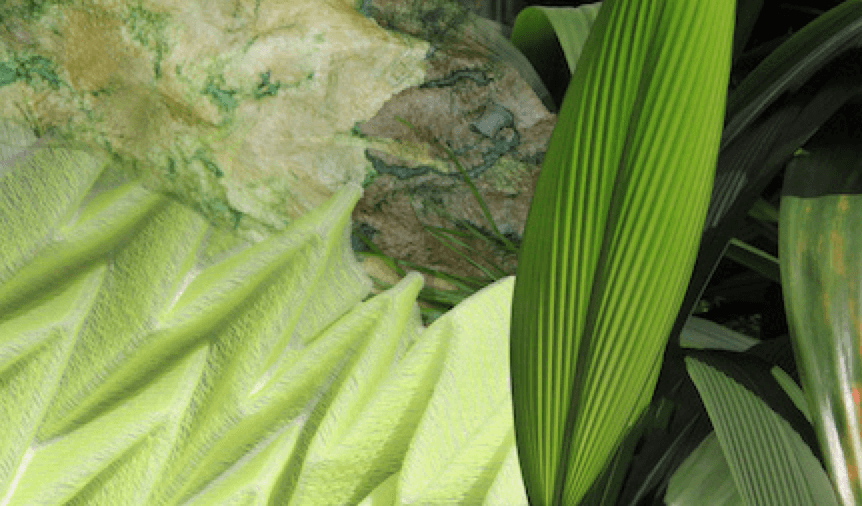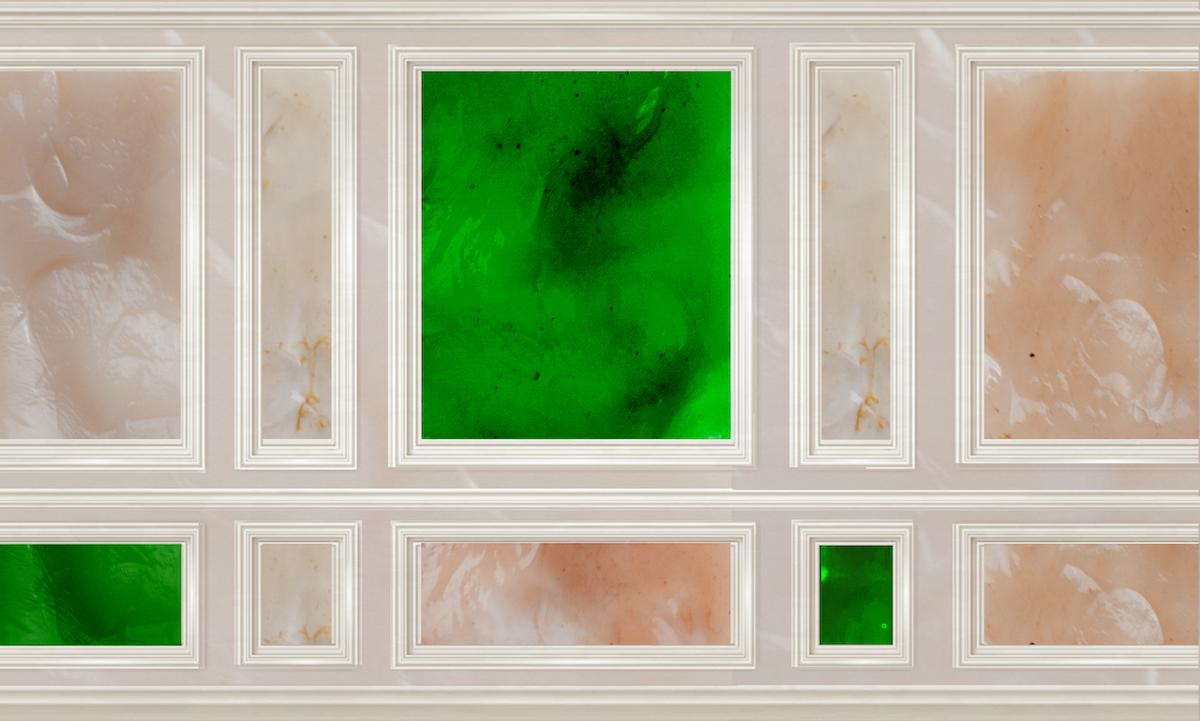This event will be held online. This meeting is now full, but keep an eye on the website tonight around 8 pm when we post the link to our online meeting to check if there's a space available.
Attendance is free.
How can we make our indoor climate healthier by developing new materials from living organisms? And what role can designers and architects undertake to contribute to the development of healthy indoor ‘gardens’?
'Microbiology of the built environment' approaches architecture as a metabolic micro ecology, rather than a static structure. It reveals a complex synergy between users and architectural elements, both visible and invisible. Invisible architecture is constructed of ubiquitous air inhabitants – known as airborne bacterial community. It has a major impact on interior characteristics defining air quality. As we spend at least 90% of our time within built environments, the quality of its microbial life defines the quality of our life.
Proper cultivation of microbial gardens, disrupted by artificial boundaries, could have a major potential to improve our human 'urban indoor species' health and wellbeing. Vegetation composition and structure according to observations play a major role in shaping indoor aerobiome. However, due to the lack of data, evidence-based guidelines for vegetation management for optimal benefits and design strategies need yet to be explored in a systematic way.
The project LABS: Future interiors investigates the spectrum of life of living materials. It conducts research into bacteria grown textiles as a substrate for vegetation to generate diverse airborne bacteria emissions indoor while altering and directing the airflow.
During this first symposium in a series of three we would like to start a constructive conversation with different parties who have been or are working on similar topics and create a space to reflect on key points such as:
- How to cope with such living systems and their communities as a designer?
- Are they (airborne bacteria) contaminants or an essential link in the chain of urban and human metabolism?
- Can we generate dynamic and biodiverse ecosystems within confined sealed environments of buildings?
Speakers:
Samira Boon – Principal of Studio Samira Boon, a textile architecture studio based in Amsterdam and Tokyo with a strong focus on creating flexible and dynamic environments. As an expert on the material properties of textiles, Studio Samira Boon advises and collaborates with architects to formulate site-specific solutions.The studio was founded in Japan and combines the adaptive and sensory qualities of materials with research into state-of-the-art computerized production techniques. Recent works include the 3D woven SUPERFOLDS and ARCHI FOLDS: two innovative series of textile structures, which bring together technique, science and art. For ARCHI FOLDS she collaborated with Tokyo University and the Dutch TextielLab to combine traditional origami techniques with computerized textile folding possibilities.
Lorena Trebi is a designer and Phd student in Design from the Department of Planning, Design and Technology of Architecture of Sapienza University of Rome, with particular interests for bio-design and the opportunity to implement symbiotic processes between nature and culture, design and science. Her PhD thesis 'Evolving Matter' addresses the radical paradigm shift brought by the advent of bio-fabrication, raising questions on the future of material and artifacts, as well as of production and consumption systems. In particular, the research aims to investigate how the role of the designer is changing together with the evolving scenario: how she/he fits into the novel multidisciplinary and laboratory dimension of the project; how far hers/his contribution in fostering the appreciation and application of new biomaterials in an appropriate timeframe.
Sandrine d’Haene is a researcher specialized in photosynthesis. She recently received her PhD degree on her thesis 'Regulation of light energy in photosynthetic bacteria'. Combining microbiology, molecular biology, biophysics and biochemistry, she contributes to the art-science laboratory of Raoul Frese, Hybrid Forms Lab, which is part of the Faculty of Science, Physics and Astronomy at the Vrije Universiteit Amsterdam. The Hybrid Forms Lab is a place where scientists work with artists since 2017. Sandrine has been supporting several art-science projects including photosynthesis integrated in symbiotic machines (Raoul Frese & Ivan Henriques), organic materials from symbiotic culture of bacteria and yeast (Raoul Frese, Samira Boon and Iza Awad), airborne microbiome (Evelina Domnitch and Dmitry Gelfand) and cyanobacteria use for bioalgorithmic Politcs (Raoul Frese & Michael Sedbon).
Evelina Domnitch & Dmitry Gelfand create sensory immersion environments that merge physics, chemistry and computer science with uncanny philosophical practices. The duo’s artworks have emerged through unorthodox collaborations with pioneering research groups, including LIGO (Laser Interferometer Gravitational Wave Observatory), the Atominstitut (TU Vienna), and RySQ (Rydberg Quantum Simulators). They are recipients of the Japan Media Arts Excellence Prize (2007), the Meru Art*Science Award (2018) and five Ars Electronica Honorary Mentions (2007, 2009, 2011,2013, and 2017).

